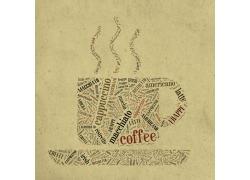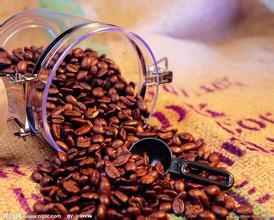Introduction to the quality of coffee beans treated with red wine
Introduction to the quality of coffee beans produced by red wine treatment
Sasa described in the competition: select Rume Sudan from Las Nubes, Colombia, put the coffee fruit in a sealed metal container for anaerobic fermentation, and purposefully control the pH value of the fermentation process, the type and number of bacteria involved in the fermentation and other variables. The processor injects carbon dioxide into the container to prevent oxidation from producing volatile acid, a process known as lactic acid fermentation. Malic acid and lithic acid are formed in the process, and the lithic acid is relatively stable, so the coffee beans fermented by lactic acid have more mellow acidity and have cheese, nutty and creamy flavor.
The traditional treatment method is difficult to control the changeable fermentation degree of coffee beans. But red wine treatment rules can ensure the quality of coffee beans by controlling PH value, even temperature and humidity, and airtight fermentation makes aroma less volatile.
Next, let's talk about the specific process of fermentation. First of all, Colombian farmers carefully pick coffee cherries and carefully select coffee red fruits to ensure that among the coffee cherries selected for processing, the percentage of immature cherries is less than 2%, defective beans less than 3%, and floating beans less than 5%.
The selected coffee cherries are placed in a specific container by the farmer's uncle (the beans used in the Australian barista Sasa competition are placed in a metal container). But in any case, the container should have a device similar to a red wine fermentation suppository or a single exhaust valve. In this way, carbon dioxide can be spilled through the device to control the concentration of air in the container. At this time, the coffee cherries in the container are fermented with acetic acid, and the beans are relatively bright, clean and citric acid.
According to Sasa's description in the competition, the processor injected carbon dioxide into the container to prevent oxidation from producing volatile acid, a process known as lactic acid fermentation, which produces malic acid and stone acid, which is relatively stable, so the beans fermented with lactic acid have a more mellow acidity, with cheese, nutty and creamy flavor.
As for the description of the difference between water and no water in the treatment of red wine, the editor is still in distress. The above contents still need to be considered, I hope you will discuss it more!

Important Notice :
前街咖啡 FrontStreet Coffee has moved to new addredd:
FrontStreet Coffee Address: 315,Donghua East Road,GuangZhou
Tel:020 38364473
- Prev

Introduction to the steps of semi-washing suntan honey in the treatment of coffee and raw beans
The steps of semi-washed suntan honey for the treatment of raw coffee beans are both coffee-producing countries. South American countries must be the same in the coffee industry and follow the pace of Brazil, the coffee big brother. At the beginning of the birth of pulp solarization, its ideas and even specific operations have also circulated to other coffee-producing countries with exchanges, among which the interpretation of pulp solarization is the most unique and perfect.
- Next

Introduction to the flavor description of the video tutorial of coffee drawing and milking skills
Cold milk foam is a kind of milk foam that is poured directly into a manual milking machine and beat with a manual milking machine. This kind of milk foam is widely used on iced coffee and has a good effect. However, the author occasionally adds it to hot coffee and obtains the different performance of cold and hot effects in a cup of coffee, which is very worthwhile.
Related
- What is the meaning of lactic acid fermentation with coffee bean treatment?
- How to judge the state of foam by sound?
- How does the latte pull out the unicorn pattern? Come to get for a little trick to improve the flower pull!
- Will flower pulling affect the taste of the latte?
- Do you know the history of coffee?
- The difference between honey treatment and sun washing what is raisin honey treatment?
- What kind of milk can a novice use to make coffee foam to keep the foam longer? The correct method and skills of milking tutorial sharing
- Why do washed coffee beans taste sour? Flavor characteristics of washed Coffee
- Introduction to the skill of how to practice the size and height of water injection around the circle of hand-brewed coffee
- How do beginners practice coffee flower drawing from scratch?

